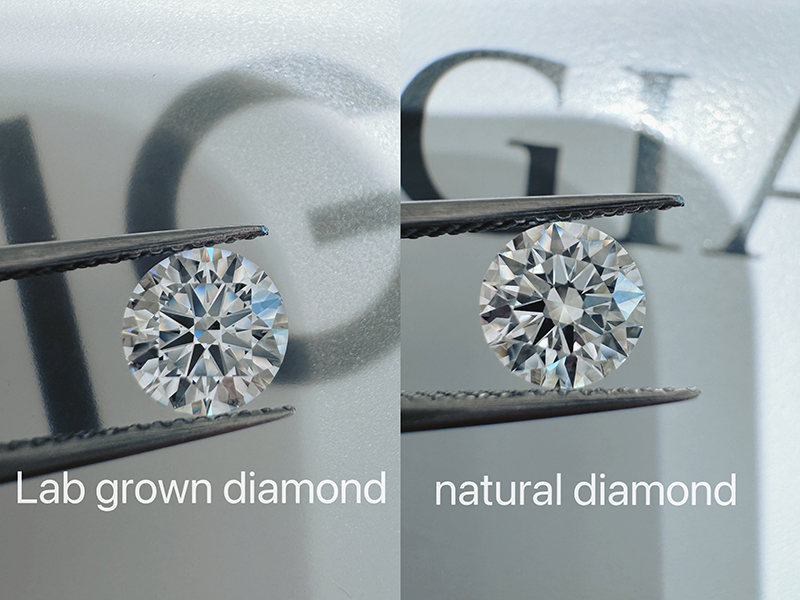A Guide to Lab Grown Diamonds
As we all know,Lab grown diamonds are getting more and more popular as a cheaper option compared to natural diamonds. They can easily match the sparkle of any natural diamonds, but a lot of people think they just don’t feel rare or valuable enough. Here I will tell you why lab grown diamonds are pretty similar to natural ones, yet still have some key differences.
What are Lab grown diamonds?
Lab grown diamonds basically diamonds that have been “grown” in a controlled setting—hence the name synthetic diamonds. They have all the same chemical stuff you find in natural diamonds (both are composed of carbon), but instead of forming over millions of years deep within the Earth’s crust, they are made in a laboratory. Since lab grown diamonds share the same chemistry as their naturally occurring counterparts, you really can’t tell them apart when it comes to looks, quality, and durability.
How are Lab grown diamonds made?
Lab grown diamonds can be made in two ways:
- 1.Chemical vapor deposition (CVD) is all about putting some high-quality diamond (or any heat-resistant material, really) into a vacuum chamber filled with different gases or carbon stuff. Then, we crank up the heat to super high temperatures—around 700° to 900°. This lets crystals slowly form on the original "seed" diamond. You can think of it like a fine mix of carbon materials that fall down and eventually come together to make diamond crystals.
- 2.The high-temperature and high-pressure method (HPHT) tries to mimic how diamonds naturally form in nature. In this process, we apply a ton of pressure and heat to the "seed" diamond so that it grows into a crystal.
Once that's done, the rough diamond is obtained, which then needs to be cut and polished.
Are Lab Grown Diamonds Real Diamonds?
Lab grown diamonds are real diamonds. They possess the same cubic crystalline structure of pure carbon found in their natural counterparts. Both natural and lab grown diamonds exhibit identical visual and chemical properties, imparting enduring brilliance to any exquisite piece of jewelry.

What is the difference between lab grown diamond and natural diamond?
Both natural and lab grown diamonds are composed of pure carbon, transformed into sparkling crystalline stones. While their chemical foundation endows lab-created diamonds with the same optical properties as natural diamonds, lab-grown diamonds are not as rare as their natural counterparts. Formed over millennia, natural diamonds acquire their scintillating shapes from the immense pressure of being compacted deep within the Earth’s crust. Because of this, all the natural diamonds that will ever exist have already been created, rendering them eternal rarities. Conversely, laboratory-grown diamonds can be produced without limit.
How Are Lab Grown Diamonds Certified And Graded?
As with natural diamonds, diamonds made in a lab have the option to receive grading. After being sent to a gem institute(as IGI) that specializes in grading diamonds, lab grown diamonds are graded independently by several of the lab's gemologists. Afterward, the individual grades are compiled and compared to give the lab grown diamond its final grade.
Not all lab grown diamonds are graded. Typically, smaller diamonds do not get grading, and not all jewelers choose to grade their lab grown diamonds. JOSTARJEWELRY offer grading for many of our lab created diamonds to bring transparency to the lab grown purchasing process.
What are the price difference between Lab grown diamonds and natural diamonds?
When it comes to natural diamonds, their price is all about how unique they are and how rare. But lab grown diamonds? there’re no limit on how many can be made.So, lab grown diamonds tend to be way cheaper than natural diamonds
